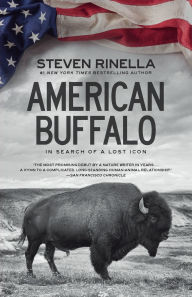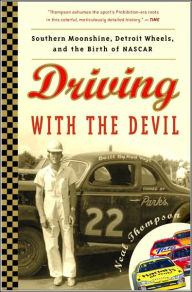Willie Robertson is the CEO of Duck Commander, a family operated business that creates products for duck hunters including duck calls, clothes, and videos. Willie, along with his wife and business partner Korie Robertson, also owns and operates Buck Commander where they create products for deer hunters. Willie took the family duck call making company from a living room operation to a multi-million dollar business.
Korie helped her husband grow the company into an ever-expanding enterprise and serves as the Duck Commander office manager. Willie and Korie live together with their four children in West Monroe, Louisiana.
Mark Schlabach is the coauthor of the New York Times bestselling book Called to Coach: Reflections on Life, Faith, and Football and The Duck Commander Family. He is one of the most respected and popular college football columnists in the country. He and his wife live in Madison, Georgia, with their three children.
















